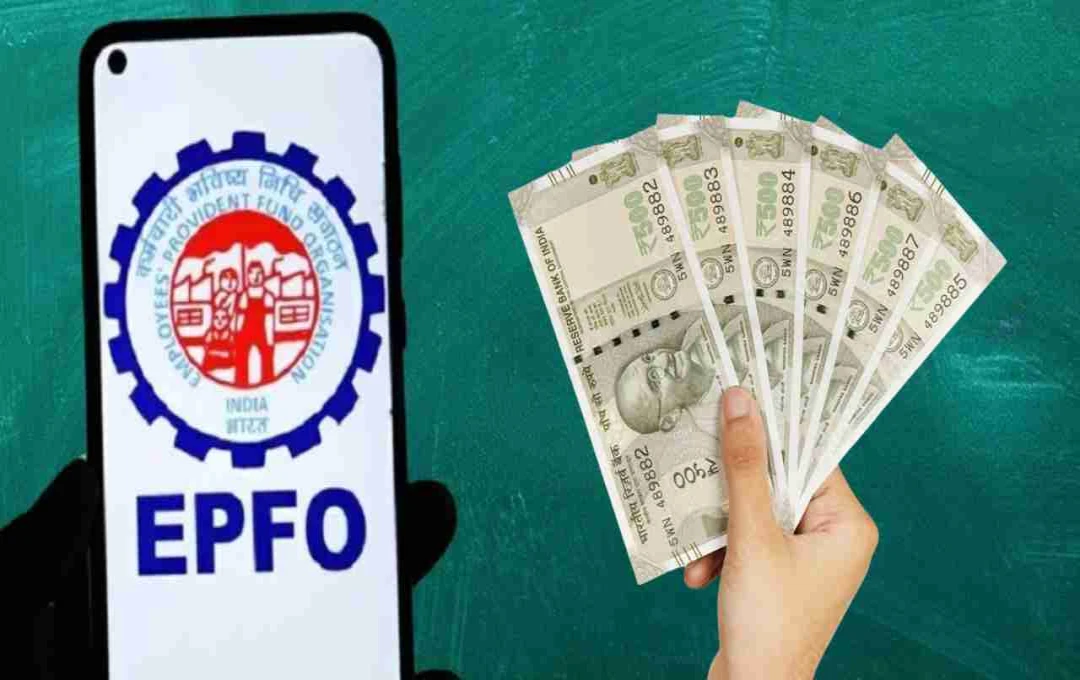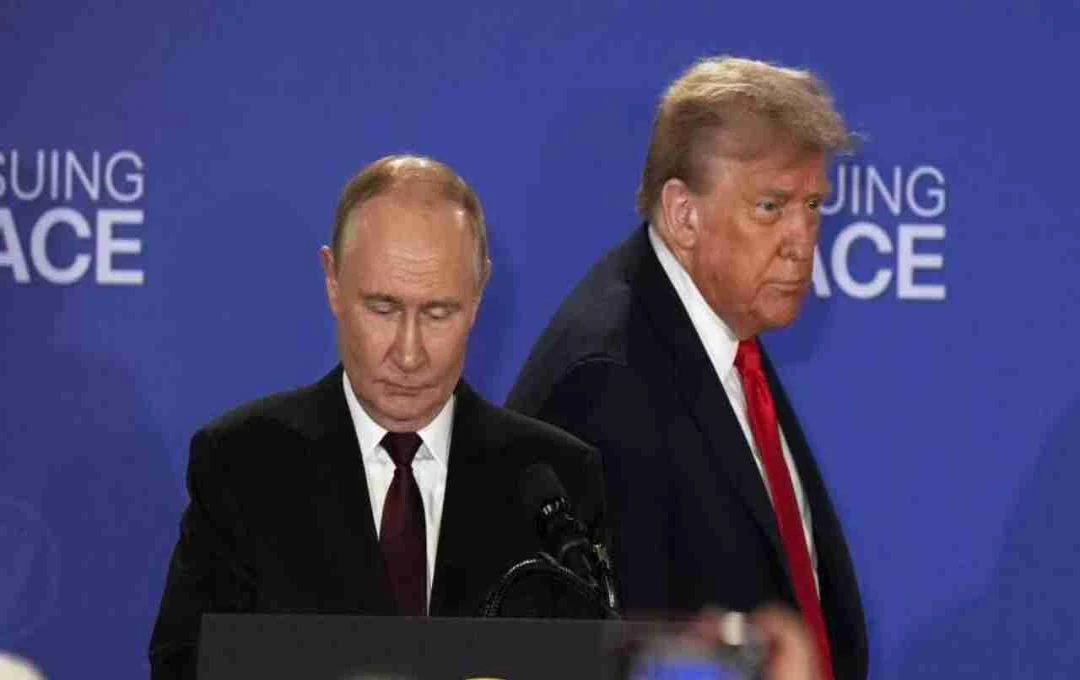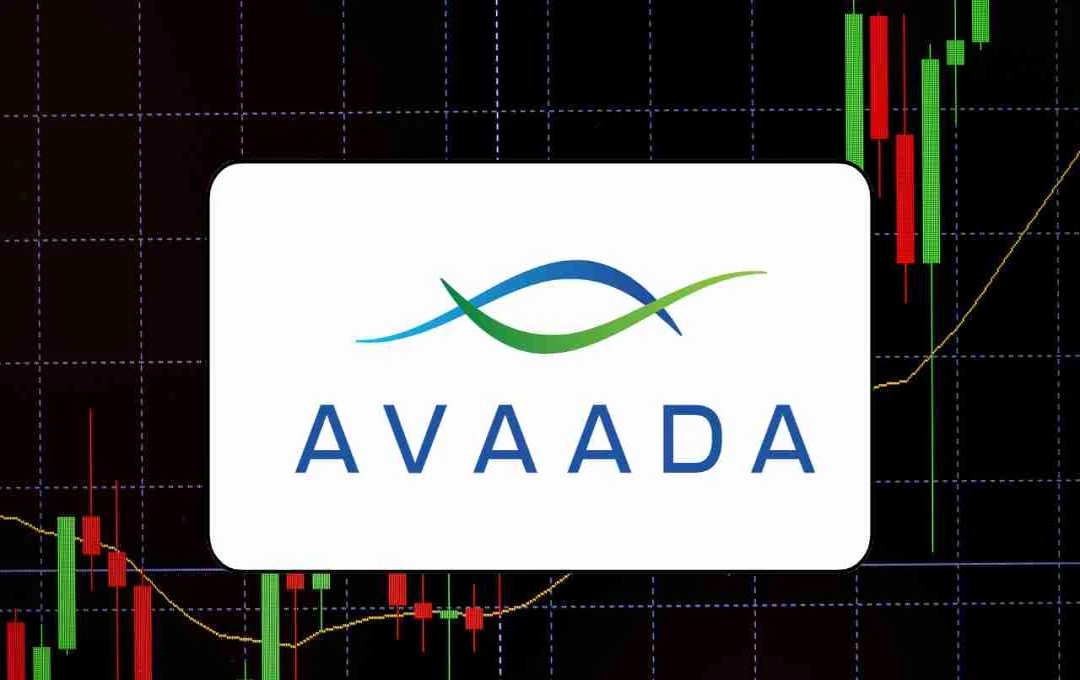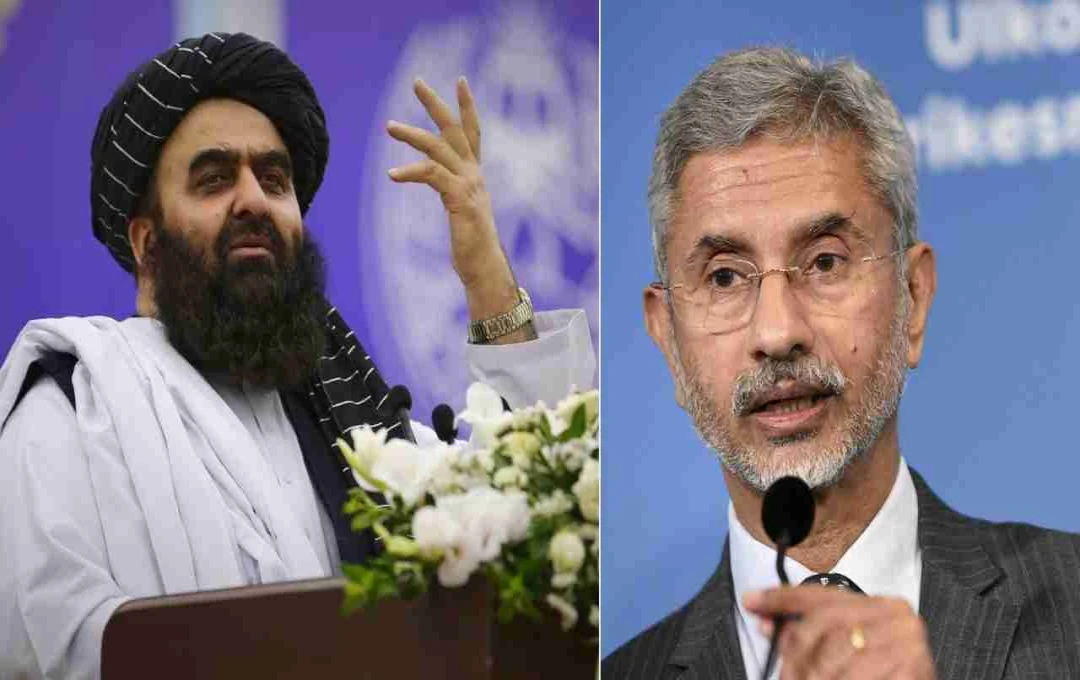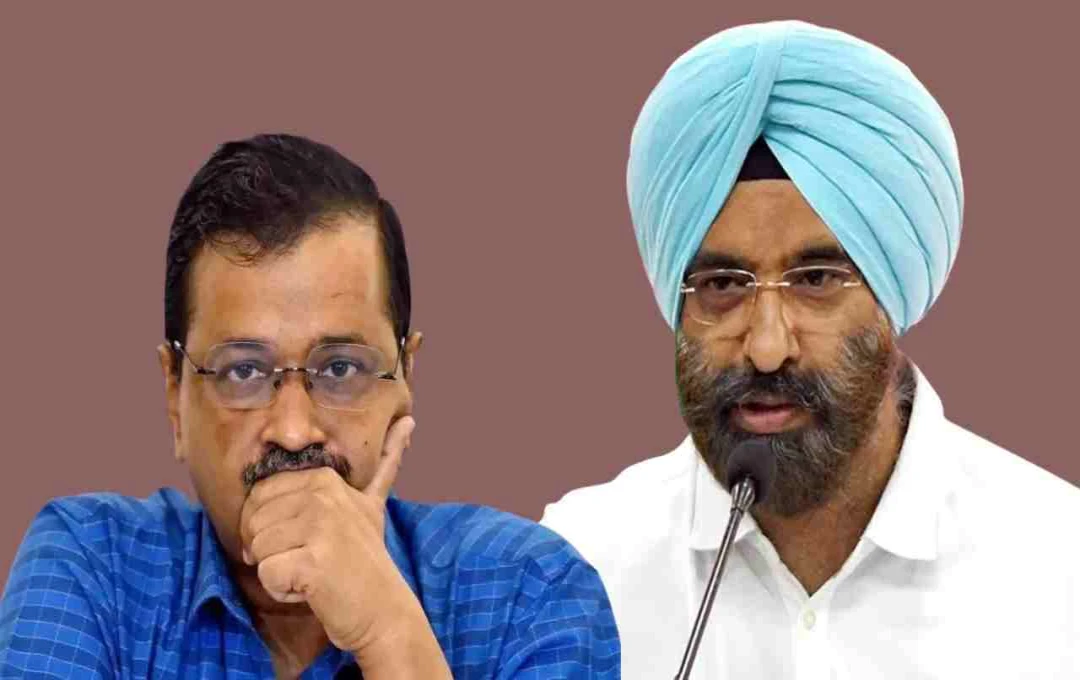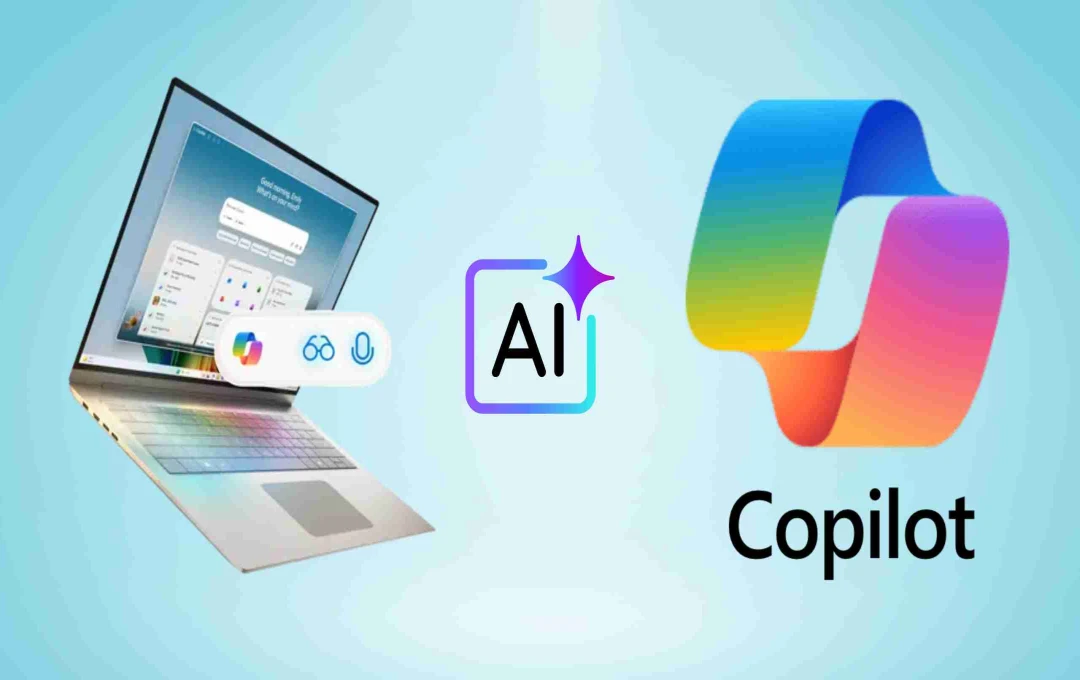Big news is emerging regarding the Employees' Provident Fund (EPF) account. If you are a salaried employee with a PF account, this news could be very important for you. The central government is considering major changes to the existing rules for withdrawing money from the PF. Until now, the condition for withdrawing the full amount of the PF was retirement or leaving the job, but according to the proposed rules, employees may now be allowed to withdraw a portion of their deposited amount every 10 years.
Can Withdraw Deposited Money Once Every 10 Years
According to sources, the government is considering allowing employees to withdraw a portion of their PF amount every 10 years. The aim of this scheme is to give employees the freedom to use their funds in times of emergency or major needs. There is also discussion that without allowing the full amount, the government may set a limit of withdrawing only 60 percent of the amount. That is, if a member is 30 years old, he can withdraw money for the first time at that age, and the next time at the age of 40.
What Do the Existing Rules Say?
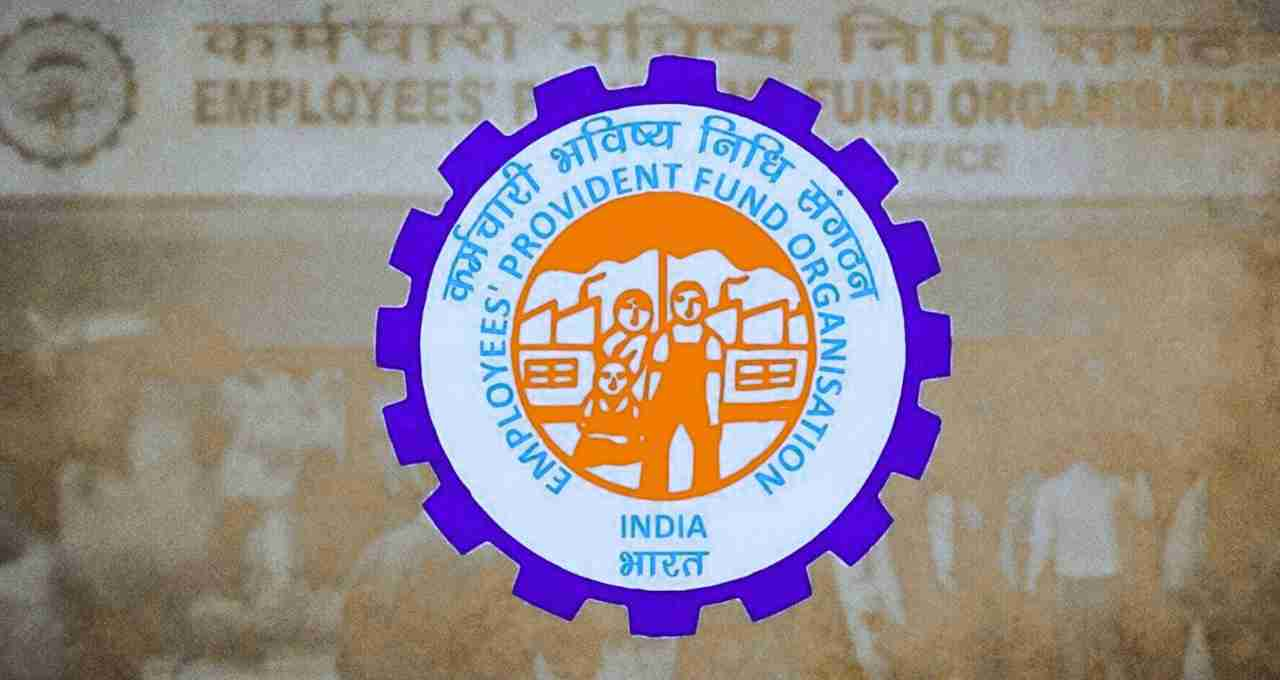
Currently, withdrawal of the full amount from the EPF is permitted upon retirement (age 58) or after remaining unemployed for 2 months after leaving the job. At the same time, the facility of partial withdrawal is already available in certain special circumstances, such as for buying a house, marriage, serious illness, or higher education. But using the full amount is not yet possible until the employee is out of service.
Changes to Withdrawal Rules for Housing
The EPFO has recently relaxed some rules. Now any member can withdraw up to 90 percent of their PF fund for building a house or buying land. Previously, this facility was available only to those members who had contributed to the fund for 5 consecutive years. But now this period has been reduced to 3 years. This means that if an employee contributes to the PF for 3 years, he can withdraw a large amount for housing needs.
Withdrawal Limit for Emergency Needs Also Increased
The EPFO has also increased the maximum limit of advance claims for the convenience of its members. Earlier this limit was ₹1 lakh, which has now been increased to ₹5 lakh. The special thing is that no separate approval will be required from the retirement fund for an amount up to this limit. That is, in case of an emergency, the member will be able to get a larger amount quickly.
How is the Definition of PF Changing?
The EPF scheme is now being considered not only as a security after retirement but also as a means of fulfilling life's needs in between. This effort of the government shows that now the provident fund account is being made more flexible so that employees feel more control over their money. This change reflects the thinking where employees can use their earned money not only in old age but also in the present when needed.
Basic Structure of EPF
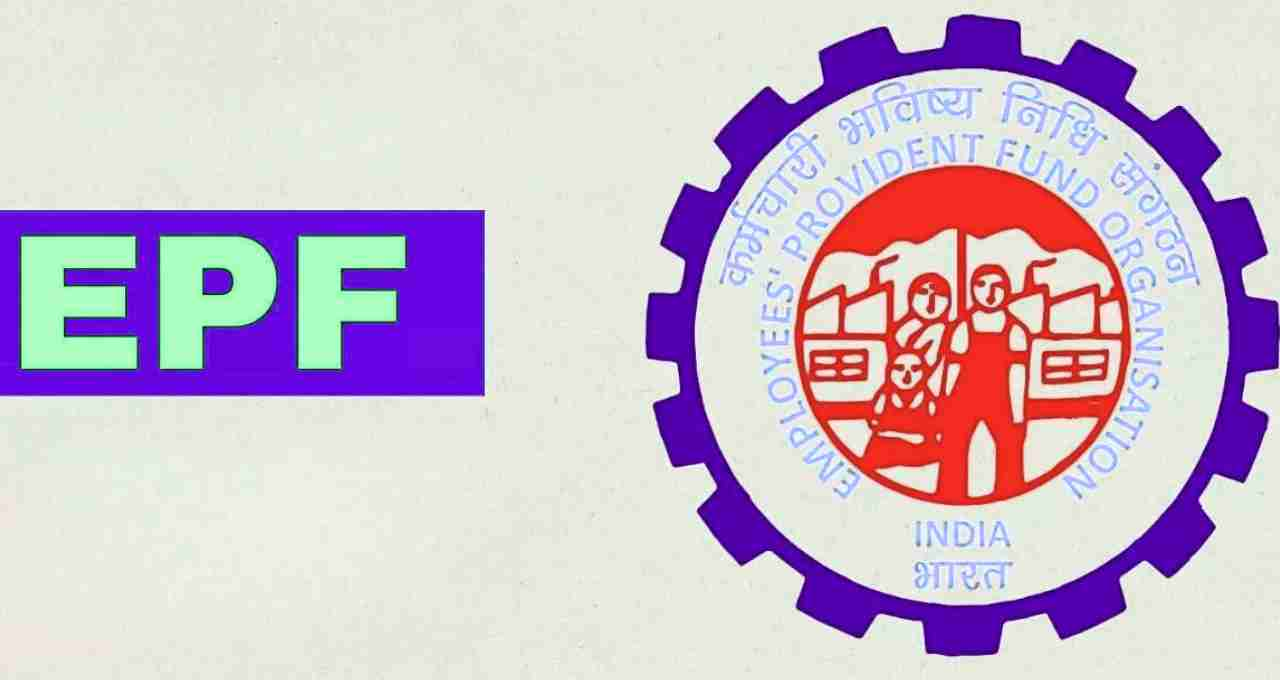
In the EPF scheme, both the employee and the employer deposit a fixed percentage of the salary. Interest is also earned on this amount, and it is a kind of means of income after retirement. However, the facility of partial withdrawal has been added to it from time to time, but full withdrawal was possible only after leaving the job or retirement. The government is now taking steps to make this system more flexible and employee-centric.
When Can These Proposals Be Implemented?
Although the government has not yet issued any official notification regarding these changes, according to a report by Moneycontrol, this is being seriously discussed at the policy-making level. If this proposal is passed, then this new facility related to EPF withdrawal may be implemented in the next few months.
What are the Latest Decisions Related to EPFO?
- Now permission to withdraw up to 90 percent for buying a house
- For this, the contribution period has been reduced from 5 years to 3 years
- Emergency advance limit increased to ₹5 lakh
- Need for additional approval for withdrawal is eliminated
- Reason for changes in PF withdrawal rules
Experts believe that this change is being made in accordance with the changing lifestyles and financial needs of the employees. Now people are more aware than before and have a vision to use their savings on various occasions. In such a situation, the step of relaxing the restrictions related to the PF account to some extent is also becoming the need of the hour.
